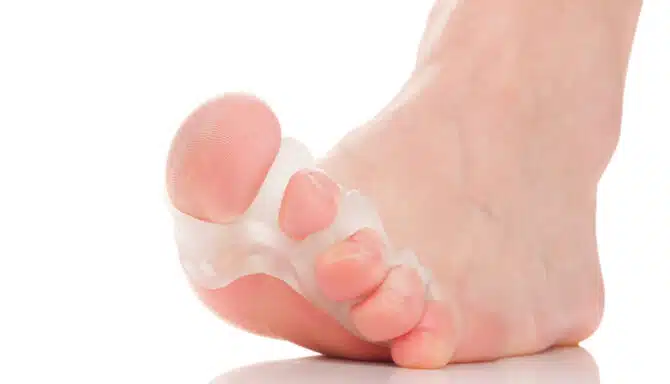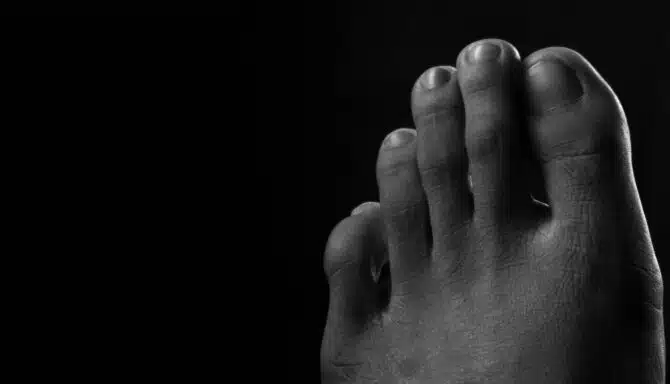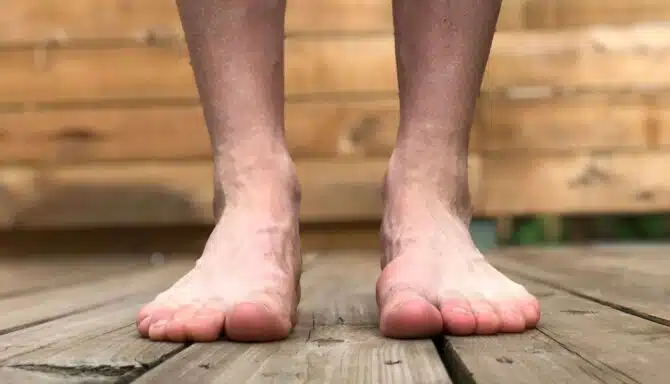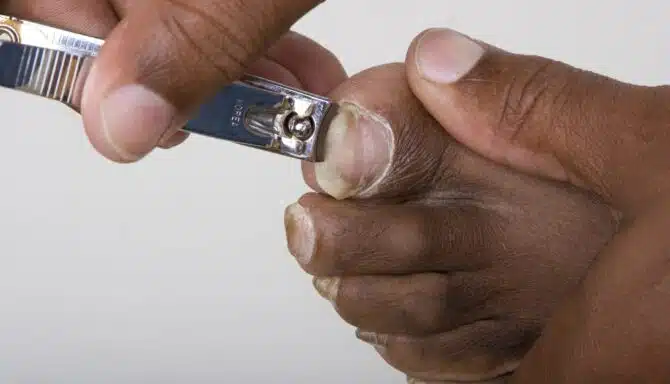As rewarding as a daily jog can be for your fitness, the exercise can be punishing when you’re not careful. Running at full-tilt without taking any precautions puts you at risk of pain and injury, which can do much more than make you skip a workout.
Common Running Injuries
Pounding the pavement is hard on your feet. When you don’t wear the right pair of shoes, you could deal with a heel covered in blisters or runner’s toe — this is a casual way of saying a black toenail. When you push yourself too hard, you can get injuries like plantar fasciitis or Achilles tendonitis. If you want to prevent running-related injuries that could have long-term consequences, take the initiative to take better care of your feet.
What Should Runners Do to Take Better Care of Their Feet?
Replace Worn-Down Shoes
Dedicated runners will have shoes that deal with a lot of wear and tear. You should replace your running shoes after reaching 500 to 750km with them so that you’re guaranteed to have effective arch support and shock absorption every time you lace up.
You should also have more than one pair of running shoes to cycle through. Using one pair every single day doesn’t let them dry out. Moist, bacteria-filled shoes lead to problems like blisters, foot fungus and a terrible odour. Cycling through shoes keeps moisture at bay and extends their lifespan.
Make Sure the Shoe Fits
You need to double-check the fit of shoes before you buy them because your shoes take a toll on your body when they’re the wrong size. When they’re too small, you run the risk of getting blisters, bruised toenails, hot foot, tingling, numbness and pain. And shoes that are too big don’t offer the same support. You could injure yourself in the middle of your workout.
Make Sure the Shoe Supports
A pair of flat sneakers won’t be enough when you’re a devoted runner. You’re going to want heavy-duty shoes that can handle hitting the pavement and protecting your feet. Check out our brand name orthopaedic footwear to see what running shoes will be the best picks for your morning runs.
Modify Your Run
If you’re experiencing discomfort during your morning jog, you should make some adjustments to your routine to see if they make a difference. Choose a more forgiving terrain than the pavement, like a grassy lawn. Pick a shorter run-time, slow your stride or trim down the number of runs you do per week. One of the most common plantar fasciitis causes is overuse — the same goes for injuries like shin splints and runner’s knee. Dialling it back could be crucial for your well-being.
Give Yourself Recovery Time
Visit a licensed chiropodist or your family doctor if you suspect you’re dealing with an injury. They can help diagnose the cause of your discomfort and give you advice on how to treat the symptoms. Don’t return to your running routine until you’ve received their seal of approval.
The best piece of advice that runners can follow is to pay attention to your feet. Whenever you pull off your socks, take a look to see if anything seems strange. Whenever you’re running, check-in for any jarring pains or nagging aches. Follow your instincts. If something doesn’t feel right, take a break from your routine and address it.








